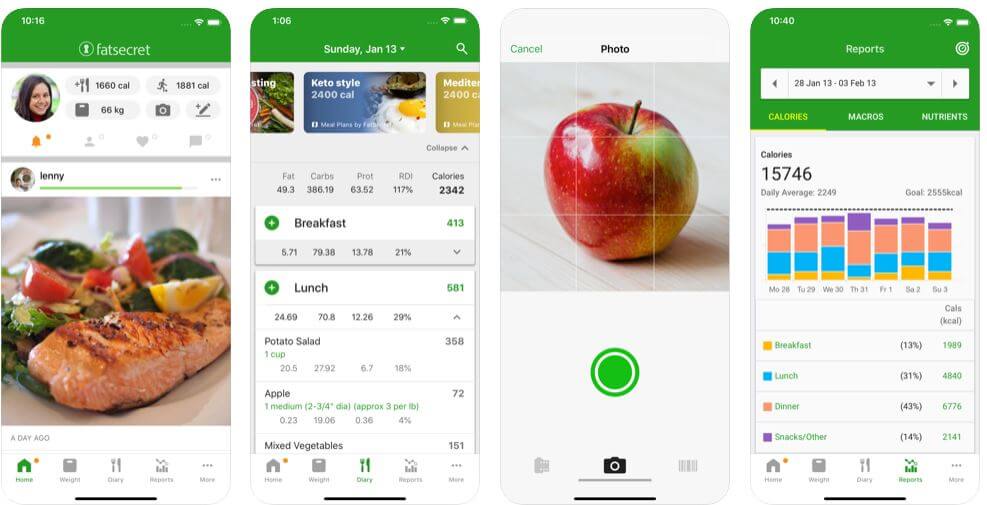
Liu believes that these findings are especially important at a time when global warming is impacting food production worldwide. But by identifying this relationship between gene and hormone, Liu and her team have laid a foundation that may allow agriculturalists to switch on AGL62 using biotechnology, bypassing pollination altogether-in other words, create ‘virgin’ fruits. In nature, pollination prompts the AGL62 gene to trigger the production of auxin, a process necessary for optimal fruit and seed development.

As a result, the strawberry plants were unable to grow fruit and seed, demonstrating the critical role of AGL62 in this process. Using CRISPR, a novel gene manipulation technique, Lei Guo, the first author, successfully disrupted AGL62 function. When there’s less auxin, endosperms are unable to feed plant embryos properly and we end up with lowered crop productivity-smaller or deformed fruits that aren’t commercially viable.” “More auxin can boost grain size and stimulate fruit enlargement. “Auxin levels can limit how big an endosperm can grow and how much nutrition endosperm can accumulate for a plant embryo,” Liu said. Auxin’s role in regulating endosperm growth is especially significant for researchers as it impacts the size of the grain and enlargement of the fruit. Once the gene activates, auxin is synthesised to prompt the creation of seedcoat (the outer protective layer of a seed), the endosperm (the part of a seed that provides food for a developing plant embryo) and fruit. Liu and her team identified AGL62, a gene universally found in all flowering plants, as the trigger to a plant’s production of fruit and seed.Īccording to Liu, AGL62 stimulates the production of an essential plant growth hormone called auxin. “This made it easier for us to view the seeds and extract genetic information from them at multiple stages of plant development.” “As an ‘inside-out’ fruit, strawberry seeds are much easier to manipulate and observe than the seeds of other fruits like tomatoes,” Liu explained. To find out, the team simulated pollination and fruit development mechanisms using strawberry plants. The team suspected that an internal communication system was responsible for signalling the plant to develop fruit, but the researchers were unsure how that system was being activated by fertilization or pollination. In the study, Liu and her team aimed to discover how fertilisation-or pollination-triggers a flowering plant to start the fruit development process. “Knowing how plants ‘decide’ to turn part of their flowers into fruit and seed is crucial to agriculture and our food supply.”


 0 kommentar(er)
0 kommentar(er)
